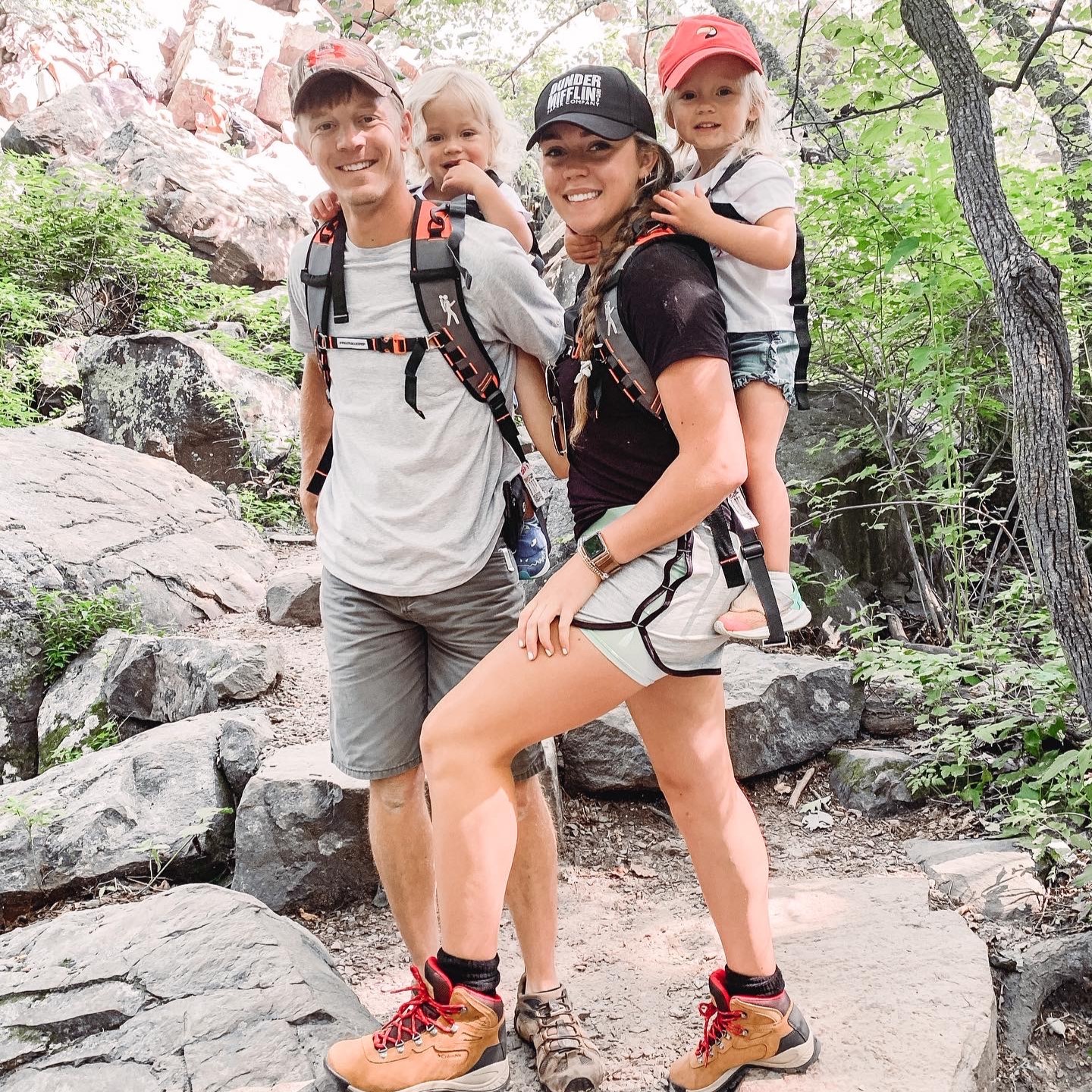Optimal Age to Introduce Kids to Hiking: A Guide for Outdoor Enthusiast Parents
Posted by The Piggyback Rider Team on 4th Mar 2024
If you're an active new parent who loves hiking and enjoys the outdoors, you've probably looked forward to the day when your little one can join in on the adventure. But let's be real, once they're part of the action, everything changes. Your focus shifts to the kiddos, and your pace and choices adapt to them. But in doing so, you gain a whole new and enriched experience – a chance to connect with your child and instill a love for nature early on. It's unlike anything else.
If you're one of these parents, you're likely pondering when it's the perfect time to involve your child in your adventures. The concern for their safety can make any parent hesitate or even delay that first hike together.
But is it really necessary to hold back? This article will help you make that decision for yourself.
At What Age Are Kids Safe to Bring Hiking with Their Parents?
Figuring out the right age to introduce the kids to hiking is different for every family. It involves considering various factors, such as the kid's physical development, abilities and individual personalities, but also things like climate and geographic location.
Generally, many experts recommend waiting until the baby is at least a month or two old before venturing into hiking, as young infants are more sensitive to sun and temperature extremes.
During the early months, it's recommended to use a front carrier, and as the baby reaches six to nine months, you may consider switching to a supportive back carrier.
As the child reaches the age of 2-3 years, a sturdy standing toddler carrier like the Piggyback Rider becomes a suitable choice, especially when their feet get tired. At this stage, children are often stable on their feet and eager to explore the world, making short, easy hikes an ideal introduction to the beauty of nature.
Choose the Right Hike
When you're just starting out with hiking alongside your child, taking it easy on the trail is something you might want to consider. Opt for family-friendly hiking trails that are gentle and short, sticking to well-maintained paths, paved walkways, local parks, and nature reserves. Avoid rocky and steep terrains to ensure both your and your kids' safety. Hiking with kids is a blast, but it often involves frequent stops. They love taking breaks to look around, and if they decide to walk, they can easily get tired or bored, leading to potential meltdowns. That's why it's a good idea to choose a hike with a specific destination or goal in mind—whether it's a creek, waterfall or a lake. Kids like having something to look forward to, so give them that motivating end reward.
Bonus tip: For 3-4-year-olds, aim for around 1.5 km on suitable terrain. By ages 5-6, they should comfortably handle three to five km at their own pace. Adapting the hiking adventure to their age ensures an enjoyable and fulfilling journey for both you and your little explorers.
Tips to Make Hiking with Kids Easier
Hiking with kids requires a bit of extra preparation, but the rewards are well worth it. Consider these tips to make your family hiking excursions more manageable:
- Pack Smart: Be well-prepared by bringing essential items such as snacks, water, sunscreen, a first aid kit, baby diapers, wet wipes, appropriate hiking gear, comfortable shoes, extra socks, cotton t-shirts for changing, and additional layers. Don't forget your maps, phone charger, and a flashlight.
- Frequent Breaks: Kids have endless energy but limited endurance. Plan breaks for snacks, games, and rest to keep everyone energized and engaged.
- Hike Early: Optimal hiking time with kids is usually in the morning when energy levels are high, and you can avoid the midday heat. Morning hikes allow kids to channel their morning hyperactivity productively.
- Let Kids Set the Pace: Hiking with children requires going at their pace. Allow them to lead, understanding that their pace is slower, with frequent stops and exploration breaks.
- Incorporate Nature Education: Help your kid learn how to identify certain plants, birds, and insects. Adding an educational element not only engages kids but also makes the hike more enjoyable.
- Grab Your Piggyback Rider: This standing toddler carrier is perfect for those moments when you need to speed up, but your little one's legs are tired. It keeps your hands free and allows easy movement. It's simple to put on, sturdy, and provides comfort for both your back and your child. Your little one gets a great view from above, enjoying the entire journey with the freedom to observe and appreciate the surroundings.
Conclusion
Getting your kids into hiking is a journey of shared experiences and lessons. Tailor your hikes to their age, pick trails that are easy, and plan things out a bit. Regardless of how old your child is, remember that activities like hiking help build a solid bond with nature and create beautiful family memories.
But, before you dive into a family hiking adventure, make sure your toddlers get the basics of trail etiquette: stick to the paths, be gentle with wildlife, and follow Leave No Trace rules. It's all about teaching them to be responsible for the great outdoors.
So, throw on those hiking boots, grab your backpack, and your Piggyback Rider, and let the adventure begin!
Read this next: Parenting on the Go: Traveling with a Toddler Made Stress-Free


